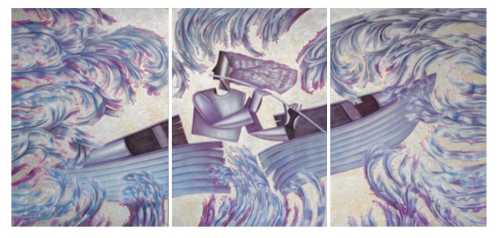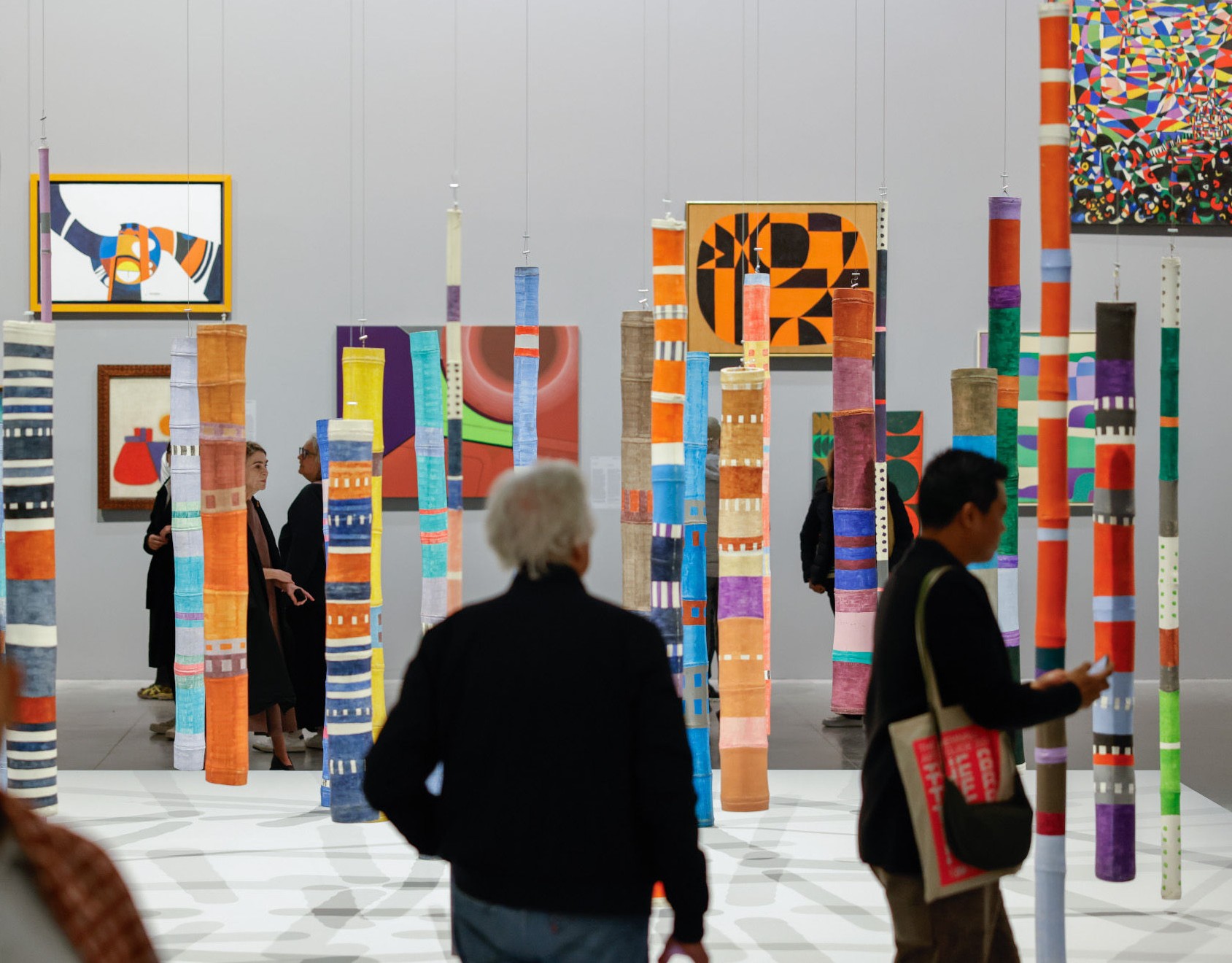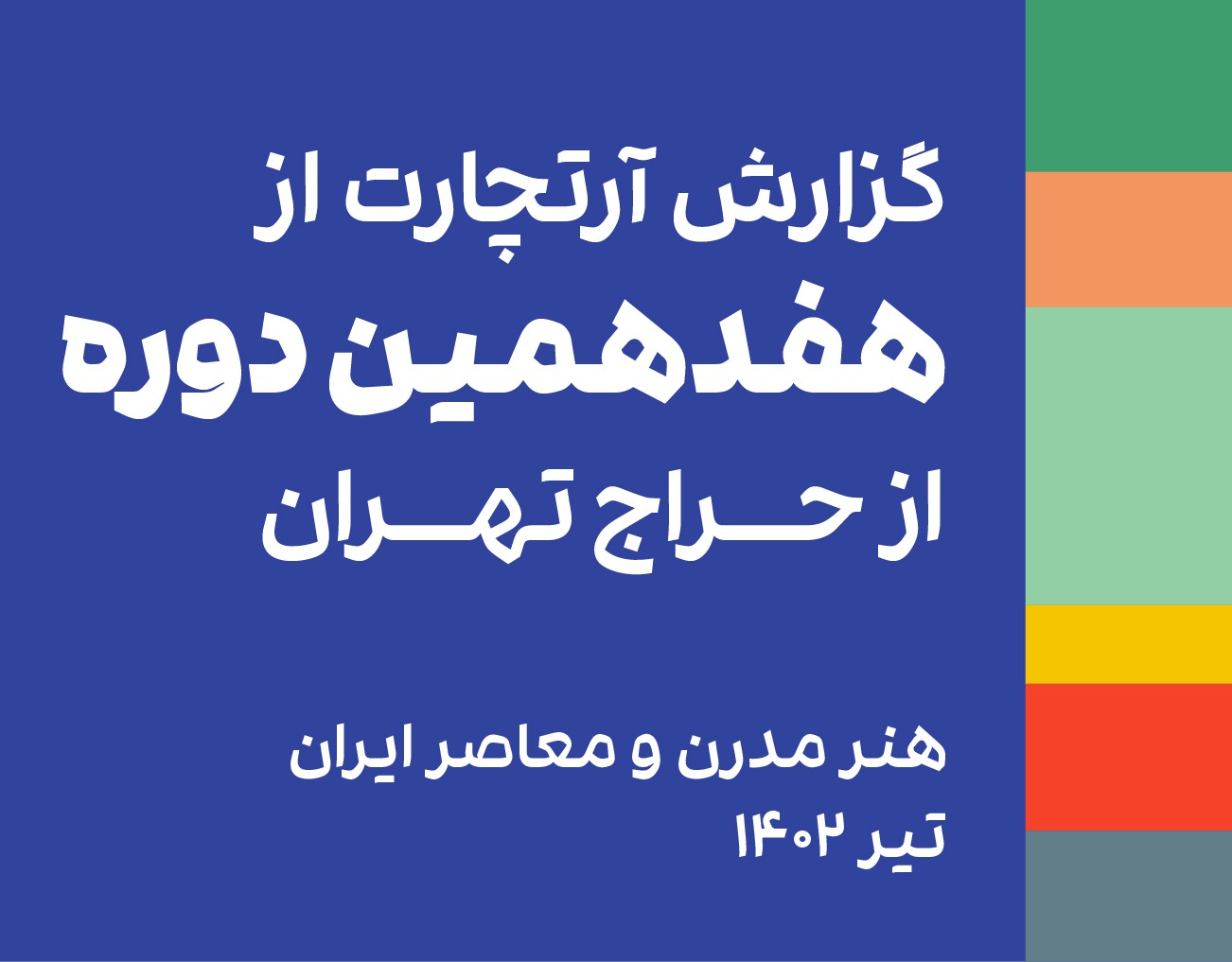About Reza Lavasani
Reza Lavasani, a contemporary artist from Iran, has made significant contributions to painting, sculpture, illustration, and theater design throughout his career. He is particularly renowned for his depiction of the horse archetype in both his sculptures and paintings, which, in a sense, encapsulate the essence of Rumi and Hafez's poetry within the realm of modern art.
Lavasani embarked on his artistic journey by studying graphics at the Tehran Boys' Conservatory, later pursuing painting at the Faculty of Fine Arts in Tehran, where he graduated in 1991. His debut solo exhibition took place three years later at Aria Gallery, marking the beginning of a prolific exhibition history that includes showcases at renowned galleries such as Barg, Elahe, and Azad Gallery. Transitioning to sculpture in the late 1970s, Lavasani employed "Papier-mâché" to craft pieces that earned him the fourth Tehran Biennial of Contemporary Sculpture Award in the 1980s. Additionally, he has been honored with the Noma Concours Award in Tokyo on three occasions.
His paintings often possess a sculptural quality, especially evident in works like "Horses," which incorporate mythological themes. Lavasani skillfully depicts the bark of horses and the foliage of trees with vibrant purple and yellow hues, imbuing the surfaces with a sleek, metallic sheen. His exploration of positive, negative, and porous spaces in rendering the forms of plants, humans, and horses further underscores this sculptural aspect. Rouyin Pakbaz discusses the resonance between Lavasani's art and Iranian pictorial and literary traditions, noting the enduring fascination with three motifs—horses (symbolizing speed and nobility), women (symbolizing sacred fertility), and birds (acting as messengers between heaven and earth)—that Lavasani frequently employs in his work.
In an interview with Siamak Filizadeh, Lavasani reveals insights into his artistic process, stating, "I draw inspiration from ancient Indian and Iranian paintings. Poetry precedes the mental imagery in my art. I find great joy in the works of Rumi; they evoke captivating spaces within my mind." He describes how reading Rumi's poetry evokes mythical imagery, which he then endeavors to capture on canvas.
The Most Expensive Artwork
At Auctions
First Attendance
24 November 2008
# Attendance
26
# Artworks
28
Average Realized Price
23,647 USD
Average Min Estimate
17,040 USD
Average Max Estimate
25,051 USD
Sell-through Rate
77.778%
Average Growth of Artwork Worth
26.323%
Timeline
The 24th Tehran - Contemporary Iranian Art auction
3 October
Qaaf exhibition
13 June
Artist’s Emergency Aid Part V exhibition
14 March
Annual 2025 exhibition
7 March
Landscape Plateau exhibition
13 December
A Selection of Works by Iranian Contemporary Artists 3 exhibition
18 October
Trace exhibition
16 August
The 20th Tehran- Modern and Contemporary Iranian Art auction
5 July
10s of Artworks, 10s of Millions exhibition
8 March
New Year/ New Vision exhibition
23 February
Beyond Two Dimensions exhibition
2 February
Process exhibition
10 November
A Selection of 70 Years of Iranian Sculpture exhibition
4 August
The 17th Tehran Modern and Contemporary Iranian Art auction
18 July
resize exhibition
13 April
The Contemporary Collector exhibition
2 September
Treasure 1 exhibition
22 July
Tehran- 16th- Iranian contemporary art auction
1 July
Last Chapter exhibition
25 February
Winter selection 2022 exhibition
14 January
Exhibition of 30 Sculptures by 30 Artists exhibition
24 December
9th Collector (Contemporary Art) exhibition
29 October
now... exhibition
10 September
The 14th Tehran- Contemporary Iranian Art auction
12 August
Small Artworks collection exhibition
11 June
New Day · New Wave auction
10 March
Parenthesis/The 1400 series exhibition
5 March
Limited Editions exhibition
9 August
Annual Amordad 98 exhibition
9 August
Forty - Fifty - Sixty exhibition
21 June
2018 Collection Selling exhibition
17 January
دهمین دوره حراج تهران auction
11 January
The 6th Tehran- Contemporary Iranian Art auction
23 December
Ghazal In Lines exhibition
2 December
Drawing Exhibition by Reza Lavasani exhibition
2 September
The Young Collectors auction
12 May
The Young Collectors auction
10 February
Life exhibition
30 January
Islamic and Indian Art auction
7 October
The Young Collectors auction
30 September
Islamic and Indian Art auction
9 June
سومین دوره حراج تهران auction
30 May
The Young Collectors auction
27 May
Ayyam - Dubai - September 2013 auction
16 September
United Nations World Food Programme - Charity auction
30 April
The Young Collectors - Art from the Middle East auction
30 April
The Young Collectors : Art from the Middle East auction
22 October
Wonder exhibition
31 December
Modern & Contemporary Middle Eastern & South Asian Art auction
2 June
International Modern & Contemporary Art auction
27 October
Modern & Contemporary Middle Eastern & South Asian Art auction
12 October
International Modern & Contemporary Art auction
29 April
Modern & Contemporary Arab, Iranian, Indian & Pakistani Art auction
24 November
Daghooghi exhibition
8 August
Reza Lavasani's Handmade Prints exhibition
7 August
Articles
The Venice Biennale: A Creative Economy-Based Art Enterprise 14 May 2024
The Venice Biennale is one of the oldest and most prestigious avant-garde art exhibitions in the world, with a high level of credibility. In addition to presenting artists' works and introducing them, this biennial is important for predicting and creating new artistic trends. It manages its events with a multidisciplinary model of organization and management, which has made its natu...
۱7th Tehran Auction Sales Report 26 July 2023
The 17th Tehran auction: modern and contemporary, was held on Friday July 21st, 2023 at Parsian Azadi Hotel. This auction achieved a total sale of 214 billion tomans equivalent to 4.3 million dollars, which was a growth of 77.8% compared to the previous period. Artchart has observed the 17th Tehran auction in the upcoming report.


